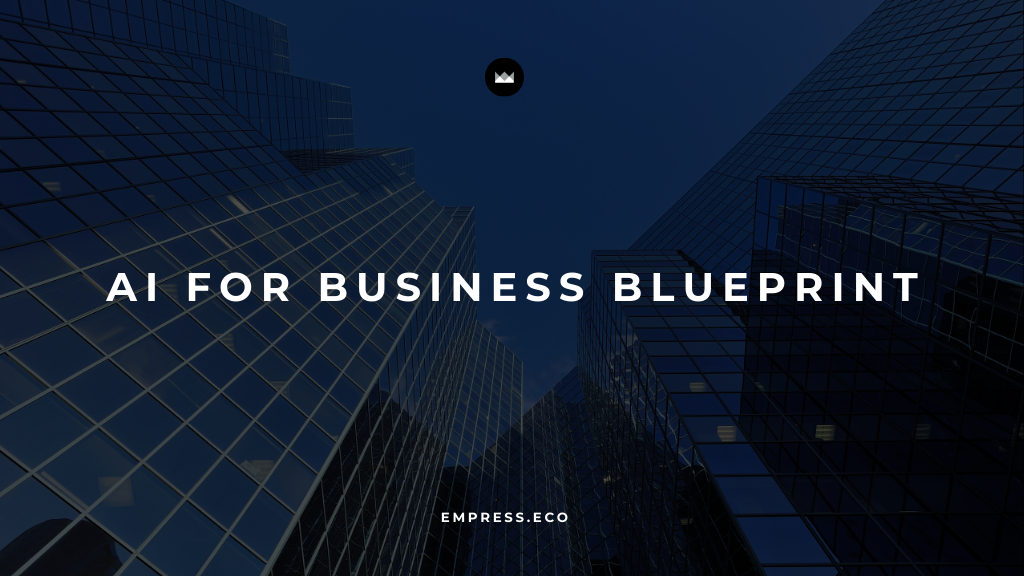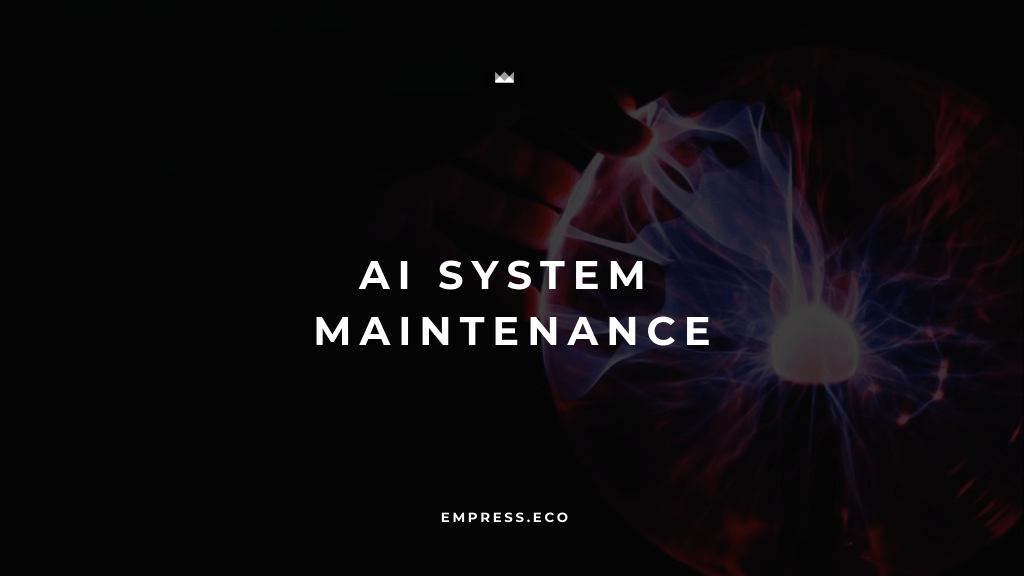Making informed decisions is crucial to staying competitive and driving growth. But how can businesses predict future trends and make decisions that propel them forward? The answer lies in predictive analytics—a powerful tool that uses data, statistical algorithms, and machine learning techniques to forecast future outcomes based on historical data.
Predictive analytics goes beyond merely analyzing what has happened; it provides businesses with a glimpse into what is likely to happen, enabling them to anticipate changes, optimize operations, and make smarter decisions. In this blog, we’ll dive deep into how businesses can effectively leverage predictive analytics to not only survive but thrive in their respective markets.
The Power of Predictive Analytics
Imagine having the ability to foresee customer behavior, market shifts, or operational inefficiencies before they occur. Predictive analytics offers this capability by harnessing the power of data and advanced algorithms to create models that predict future outcomes. These insights are invaluable for making proactive decisions that align with your business goals, ultimately giving you a competitive edge.
Consider the impact of knowing which products will be in high demand next season, which customers are likely to churn, or which operational bottlenecks will hinder productivity. With predictive analytics, these insights are not only possible but actionable, allowing businesses to fine-tune their strategies and optimize performance in ways that were previously unimaginable.
Key Benefits of Predictive Analytics
1. Predicting Trends for Proactive Strategy
One of the most significant benefits of predictive analytics is its ability to forecast trends based on historical data. By identifying patterns and correlations in past events, businesses can anticipate future developments and adjust their strategies accordingly.
For example, a retail company might use predictive analytics to forecast sales trends for the upcoming quarter. By analyzing historical sales data, customer behavior, and external factors like seasonality, the company can predict which products will likely see increased demand. Armed with this information, the business can adjust its inventory levels, marketing campaigns, and supply chain operations to meet anticipated demand, avoiding stockouts or overstocking.
This proactive approach not only optimizes resources but also positions the company to capitalize on emerging trends, ensuring they stay ahead of competitors and meet customer needs more effectively.
2. Enhanced Decision-Making with Data-Driven Insights
At the heart of predictive analytics is its ability to enhance decision-making processes. In a world where uncertainty can lead to costly mistakes, having data-driven insights to guide your decisions is invaluable.
Predictive analytics models analyze vast amounts of data to provide accurate forecasts that help businesses make informed choices. Whether it’s deciding how much inventory to stock, which customers to target with marketing efforts, or when to launch a new product, predictive analytics offers a data-backed foundation for these decisions.
For instance, in the financial sector, predictive analytics is often used to assess credit risk. By analyzing a borrower’s financial history, transaction patterns, and other relevant data, financial institutions can predict the likelihood of default, enabling them to make informed lending decisions. This not only reduces risk but also enhances the institution's profitability by focusing on creditworthy clients.
3. Optimizing Operations for Maximum Efficiency
Operational efficiency is a key driver of business success, and predictive analytics plays a pivotal role in optimizing processes to save time, reduce costs, and improve overall performance.
Consider a manufacturing company that uses predictive analytics to optimize its supply chain. By analyzing data on supplier performance, production schedules, and market demand, the company can predict potential disruptions and adjust its supply chain strategy accordingly. This might involve identifying alternative suppliers, adjusting order quantities, or rescheduling production runs to prevent delays and ensure timely delivery.
By automating the analysis of complex data sets, predictive analytics helps businesses identify inefficiencies and implement solutions that streamline operations. This not only reduces operational costs but also enhances the company’s ability to deliver products and services more effectively.
4. Deepening Customer Insights to Enhance Experience
Understanding customer behavior and preferences is critical for building strong relationships and driving customer loyalty. Predictive analytics provides businesses with the tools to gain deeper insights into their customers, enabling more personalized and targeted interactions.
For example, a telecommunications company might use predictive analytics to analyze customer usage patterns, call history, and demographic data. By identifying customers who are likely to switch to a competitor, the company can take proactive steps to retain them—such as offering personalized discounts, enhancing service quality, or providing exclusive promotions.
This data-driven approach to customer engagement not only improves satisfaction but also increases the lifetime value of each customer, ultimately contributing to the company’s growth and profitability.
Implementing Effective Predictive Analytics
While the benefits of predictive analytics are clear, successful implementation requires a strategic approach. Here’s how businesses can effectively integrate predictive analytics into their operations:
1. Define Clear Objectives
The first step in implementing predictive analytics is to define clear and measurable objectives. What do you hope to achieve with predictive analytics? Are you looking to improve sales forecasting, enhance customer segmentation, or optimize your supply chain?
By setting specific goals, you can focus your predictive analytics efforts on the areas that will have the most significant impact on your business. These objectives will guide the selection of data, tools, and techniques needed to build effective predictive models.
For example, if your goal is to improve customer retention, your predictive analytics efforts might focus on identifying the factors that lead to customer churn. By understanding these factors, you can develop strategies to address them before customers decide to leave.
2. Collect and Prepare High-Quality Data
Data is the lifeblood of predictive analytics, and the quality of your data directly impacts the accuracy of your predictions. To build reliable predictive models, it’s essential to collect and prepare high-quality data that is relevant to your business objectives.
Start by gathering data from various sources, such as CRM systems, sales records, social media, and external databases. Ensure that the data is clean, accurate, and properly formatted for analysis. This may involve data cleansing, normalization, and validation processes to eliminate errors, inconsistencies, and redundancies.
For instance, if you’re using predictive analytics to forecast sales, your data might include historical sales figures, customer demographics, marketing campaigns, and economic indicators. By integrating data from multiple sources, you can create a comprehensive view that supports more accurate predictions.
3. Choose the Right Tools and Techniques
Predictive analytics relies on a variety of tools and techniques to analyze data and generate forecasts. Choosing the right tools for your business is crucial for achieving accurate and actionable insights.
Some common tools and techniques used in predictive analytics include:
- Machine Learning Algorithms: Machine learning algorithms, such as decision trees, neural networks, and support vector machines, are used to analyze data and identify patterns. These algorithms can learn from historical data and make predictions about future outcomes.
- Statistical Models: Statistical models, such as regression analysis and time series forecasting, are used to predict future trends based on historical data. These models can be particularly useful for forecasting sales, demand, and financial performance.
- Data Visualization Tools: Data visualization tools, such as Tableau and Power BI, help you explore and interpret complex data sets. These tools allow you to create interactive dashboards and visualizations that make it easier to understand and communicate your predictive analytics findings.
Selecting the right combination of tools and techniques depends on your business objectives, data availability, and the complexity of your predictive analytics needs. Working with data scientists or predictive analytics experts can help you make informed decisions about the best approach for your organization.
4. Integrate Predictive Analytics into Business Processes
Predictive analytics is most effective when it’s integrated into your day-to-day business processes. This means ensuring that the insights generated by your predictive models are incorporated into your decision-making workflows and used to guide strategy and operations.
For example, if your predictive analytics model forecasts an increase in demand for a particular product, this insight should be communicated to your supply chain and marketing teams so they can adjust inventory levels and promotional efforts accordingly. By integrating predictive analytics into your business processes, you can ensure that your decisions are data-driven and aligned with your overall strategy.
To facilitate this integration, consider using automation tools and software that can seamlessly connect predictive analytics with your existing systems. For example, integrating predictive analytics with your CRM system can automate the process of identifying high-value leads or predicting customer churn, enabling your sales and marketing teams to take proactive action.
5. Monitor and Refine Predictive Models
Predictive analytics is not a one-time effort—it’s an ongoing process that requires continuous monitoring and refinement. As new data becomes available and market conditions change, your predictive models may need to be updated to maintain accuracy and relevance.
Regularly evaluate the performance of your predictive models by comparing their predictions to actual outcomes. If the accuracy of your models begins to decline, it may be necessary to retrain them using updated data or adjust the algorithms to better reflect current conditions.
For example, a predictive model that was highly accurate in forecasting customer demand during a stable economic period may need to be adjusted in response to sudden market shifts or external disruptions, such as a global pandemic or supply chain crisis.
By continuously monitoring and refining your predictive models, you can ensure that they remain effective tools for guiding your business decisions and strategies.
Challenges and Considerations
While predictive analytics offers numerous benefits, businesses must be prepared to address potential challenges that may arise during implementation:
1. Data Privacy and Security
With the increasing use of data in predictive analytics, protecting sensitive information is more important than ever. Businesses must implement robust data privacy and security measures to safeguard customer data and comply with regulations such as GDPR, HIPAA, or CCPA.
This includes ensuring that data is encrypted, access is controlled, and that any third-party vendors involved in the analytics process adhere to strict security protocols. Additionally, businesses must be transparent with customers about how their data is being used and provide them with options to control their data privacy.
2. Complexity and Expertise
Developing and managing predictive models can be complex and require specialized expertise in data science, machine learning, and statistics. Many businesses may lack the in-house expertise needed to build and maintain predictive models.
To overcome this challenge, businesses can partner with external consultants or hire data scientists who can bring the necessary skills and experience to the table. Additionally, investing in training and development for existing staff can help build internal capabilities over time.
3. Change Management
Successfully adopting predictive analytics requires more than just technical implementation—it also involves managing change within the organization. Employees may be resistant to adopting new tools or processes, particularly if they are unfamiliar with predictive analytics or skeptical of its value.
Effective change management involves clear communication, training, and support to help employees understand the benefits of predictive analytics and how it can enhance their work. By involving employees in the implementation process and addressing their concerns, businesses can foster a culture that embraces data-driven decision-making.
Conclusion
Predictive analytics is a transformative tool that empowers businesses to anticipate trends, optimize operations, and make more informed decisions. By leveraging data and advanced algorithms, companies can enhance efficiency, reduce uncertainty, and gain a competitive advantage in their respective markets.
However, the successful implementation of predictive analytics requires careful planning, the right tools, and ongoing refinement. Businesses must be prepared to invest in high-quality data, skilled personnel, and the necessary technology to fully harness the power of predictive analytics.
As the importance of data-driven insights continues to grow, predictive analytics will play an increasingly vital role in helping businesses navigate the complexities of the modern market. By embracing predictive analytics, businesses can not only stay ahead of the curve but also drive long-term success and sustainable growth.



